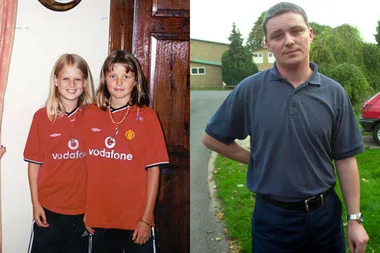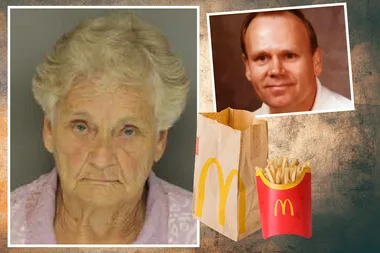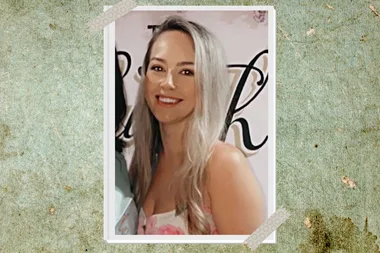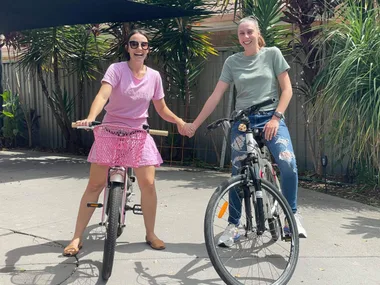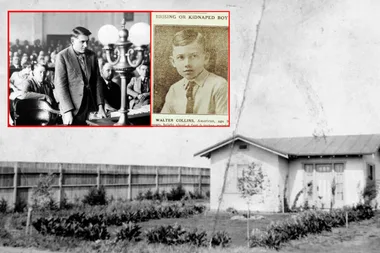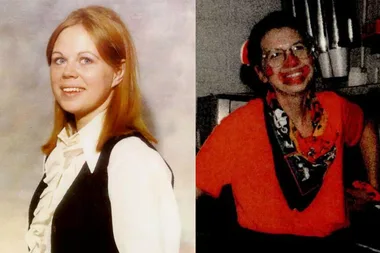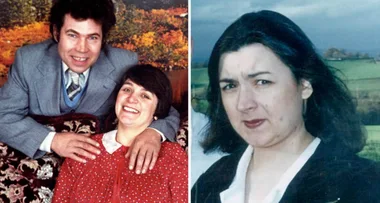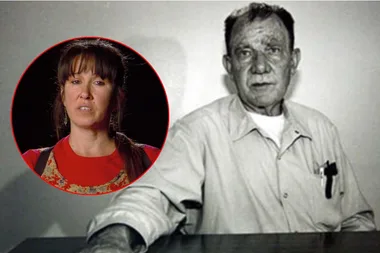When seven-year-old Lars Bense went missing in January 1981, his parents and police immediately launched a search.
Two weeks later, the little boy’s battered body was found on railway lines. It had been stuffed into a suitcase with old newspapers and flung from a moving train.
All police had to go on were a few completed crosswords in the bloodied newspapers found with the body. So they gathered samples of handwriting from the residents in the German town.
After nine long months examining more than 500,000 documents, the puzzler was finally identified as 40-year-old waitress Ingeborg Schnell.
Police knew Ingeborg wasn’t the murderer, so the man they were hunting must’ve had access to her newspapers. Their attention soon turned to Ingeborg’s daughter Kerstin, 18, whose boyfriend, Matthias, became the prime suspect. After initially denying involvement, Matthias eventually confessed to luring Lars to Ingeborg’s apartment where he sexually assaulted and murdered him. He’d used the newspapers to stop Lars’ blood leaking through the suitcase.

Matthias, 18, was sentenced to 10 years of juvenile detention and psychiatric care. After Matthias’ death – 32 years to the very day after he killed Lars – Kerstin released a book, The Crossword Puzzle Murder – The True Story.
While doing publicity for the fiction novel she claimed was based on real events, Kerstin revealed she’d witnessed the crime.
‘In January 1981, I surprised my friend Matthias in the apartment during the brutal murder of little Lars,’ Kerstin told BILD newspaper in 2013. Claiming Matthias had threatened to kill her if she turned him in, Kerstin admitted to helping him dispose of the body.
‘The crime continues to haunt me today,’ she said. An investigation into Kerstin’s involvement in the murder was launched, but Kerstin quickly changed her story, claiming the book was pure fiction.
Without Matthias, the public prosecutor had no case and the book was put down as pure fantasy.
Read more in this week’s issue of that’s life, on sale now.

 Supplied
Supplied
